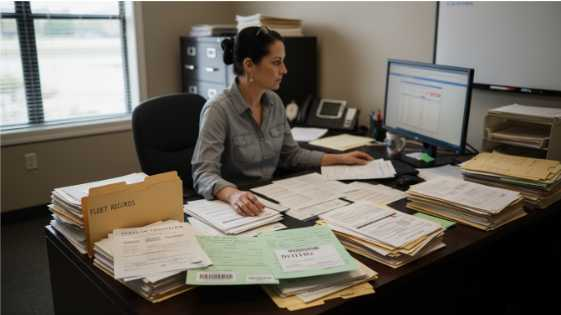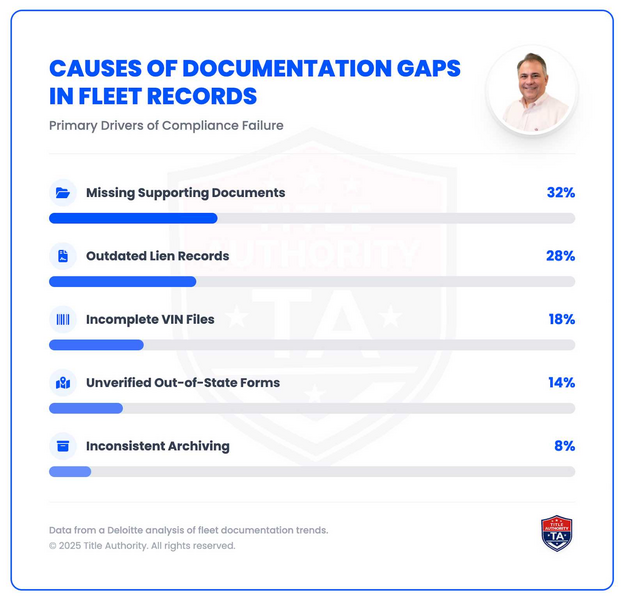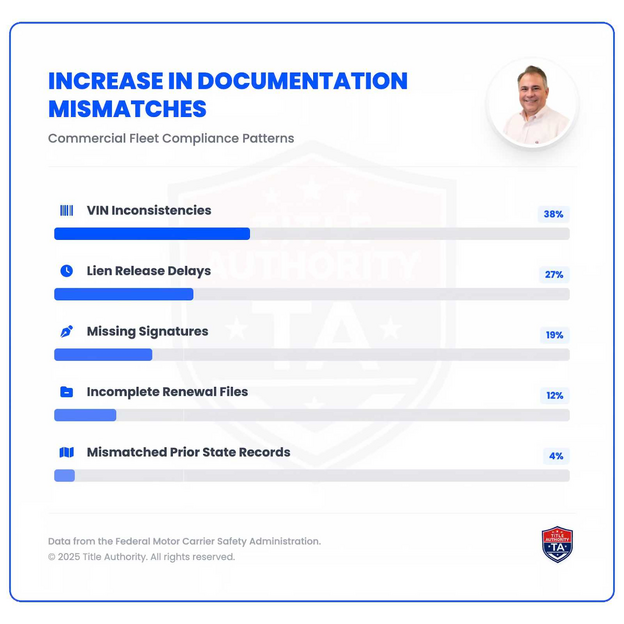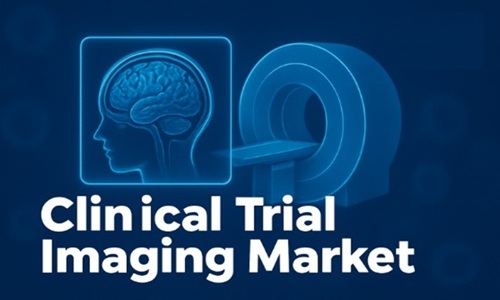
Multi-vehicle collisions, often referred to as chain-reaction or pile-up crashes, are among the most devastating types of roadway incidents. They commonly occur in dense metro areas where traffic congestion, high speeds, and limited space increase the risk of collisions. Understanding the intricate causes, liability challenges, and legal implications behind these accidents can help victims navigate the complex aftermath with greater clarity.
Understanding Multi-Vehicle Collisions
Definition and Common Characteristics
A multi-vehicle collision involves three or more vehicles in a single crash sequence. These accidents typically unfold when one vehicle collides with another, setting off a chain reaction that quickly ensnares additional cars. They frequently occur on highways, busy intersections, and urban corridors with heavy commuter traffic.
What makes these crashes particularly complex is the overlapping nature of fault and the difficulty in pinpointing the original cause. Unlike two-vehicle accidents, where liability is often straightforward, pile-ups involve numerous drivers, each with differing accounts, reactions, and responsibilities.
Common Causes in Metro Environments
Metro areas are hotspots for multi-vehicle collisions due to several overlapping risk factors:
Heavy Congestion: Stop-and-go traffic increases the likelihood of rear-end collisions that can cascade into pile-ups.
Distracted Driving: The use of mobile phones, GPS systems, and in-car entertainment can divert attention for just long enough to trigger a crash.
Weather Conditions: Rain, fog, and glare reduce visibility and road traction, compounding risks in fast-moving traffic.
High-Speed Freeways: Urban freeways often feature short merge lanes and high volumes of traffic, making sudden stops dangerous.
Each of these conditions plays a role in how a collision begins and spreads, emphasizing why city environments require heightened vigilance.
The Chain Reaction Effect
How One Collision Escalates
When one car stops abruptly or is hit from behind, drivers following too closely may have little time to react. This sets off a domino effect of impacts that can stretch for hundreds of feet. In some cases, vehicles are pushed into adjacent lanes, causing side impacts and secondary crashes.
Moreover, these collisions are not just limited to passenger vehicles. In cities with high commercial traffic, trucks, buses, and rideshare vehicles are often involved, dramatically increasing the damage potential.
Secondary Hazards and Aftermath
After the initial impact, additional hazards frequently arise. Fuel leaks can spark fires, debris may scatter across multiple lanes, and vehicles may obstruct emergency response routes. This chaotic environment complicates rescue operations and can result in secondary injuries to both victims and first responders.
Determining Liability in Multi-Vehicle Accidents
The Role of Negligence
Assigning fault in a multi-vehicle crash requires meticulous investigation. Law enforcement officers, insurance adjusters, and sometimes accident reconstruction experts must examine a range of evidence including dashcam footage, tire marks, and eyewitness testimony.
Liability often hinges on proving negligence—a driver’s failure to exercise reasonable care. For example, tailgating, speeding, or distracted driving may make a driver partially or wholly responsible for initiating the crash.
Comparative Fault Systems
In many metro jurisdictions, a comparative fault system applies, meaning multiple drivers can share varying degrees of liability. For instance, one driver might be 70% at fault for initiating the collision, while others bear 30% for failing to maintain safe distances.
These nuances can greatly affect how compensation is awarded, especially when several insurance policies and personal injury claims are involved.
Legal and Insurance Complexities
Insurance Disputes and Claim Challenges
Multi-vehicle collisions create tangled webs of insurance claims. Each driver’s insurer may attempt to minimize liability, leading to disputes that delay compensation. Victims often find themselves navigating multiple adjusters and conflicting reports, which can be overwhelming without legal representation.
Victims must also contend with limits on policy coverage. When several vehicles are involved, the at-fault driver’s policy may not fully cover all damages, leaving injured parties to pursue additional claims or litigation.
The Importance of Legal Representation
Given the complexities, victims frequently turn to experienced personal injury lawyers for guidance. Skilled attorneys can investigate the circumstances of the crash, gather crucial evidence, and advocate for fair settlements. Firms such as J&Y Law have extensive experience handling cases involving multi-vehicle and commercial truck collisions in dense metro environments.
The Role of Commercial Vehicles in Multi-Vehicle Crashes
Truck Accidents and Chain Reactions
Commercial trucks, due to their size and weight, pose an extraordinary risk when involved in collisions. Even minor contact between a semi-truck and a passenger vehicle can trigger a massive chain reaction.
Federal oversight, such as regulations established by the Federal Motor Carrier Safety Administration (FMCSA), requires trucking companies and drivers to adhere to strict safety standards—including rest periods, cargo limits, and regular inspections. However, non-compliance or negligence can lead to catastrophic outcomes.
Liability for Trucking Companies
Determining liability in truck-related multi-vehicle collisions often extends beyond the driver. Employers, maintenance contractors, and cargo loaders may all share responsibility if their negligence contributed to the accident. Understanding these interconnections is key to building a strong legal case.
Preventative Measures and Safety Improvements
Urban Planning and Traffic Engineering
City planners are increasingly addressing the conditions that give rise to multi-vehicle crashes. Strategies include:
Adaptive Traffic Signals: These systems adjust in real-time to changing traffic patterns, reducing congestion.
Improved Road Markings: Clear lane demarcations and reflective surfaces enhance nighttime visibility.
Dedicated Commercial Lanes: Separating heavy trucks from regular traffic can significantly reduce collision risks.
Such measures not only improve safety but also minimize economic and logistical disruptions caused by major accidents.
Driver Education and Technology
Advances in vehicle technology, such as automatic emergency braking (AEB) and collision warning systems, play an important role in reducing pile-up incidents. Likewise, public awareness campaigns encourage safer following distances and discourage distracted driving.
Local driver education initiatives and national organizations alike emphasize defensive driving as a critical skill for navigating congested urban highways.
The Human and Economic Toll
Physical and Emotional Consequences
The immediate physical injuries from a multi-vehicle crash can be severe—ranging from whiplash and fractures to traumatic brain injuries. Beyond the physical harm, victims often experience lasting psychological distress, including anxiety, depression, or post-traumatic stress disorder (PTSD).
These impacts highlight the importance of comprehensive post-accident care, including medical treatment, mental health support, and legal advocacy.
Economic Repercussions
The financial burden extends beyond vehicle repairs and medical bills. Victims may face lost wages, long-term rehabilitation costs, and diminished quality of life. City governments also bear costs in the form of emergency response, roadway repair, and traffic disruption.
Because of these wide-ranging effects, policymakers continue to prioritize collision prevention through stricter enforcement and investment in transportation infrastructure.
Seeking Help After a Multi-Vehicle Collision
Victims of multi-vehicle crashes in metro areas should act promptly to protect their rights. Key steps include seeking immediate medical care, documenting the scene, and consulting with an experienced attorney.
For additional information about reputable legal services and resources, check USlegal.com, which provides guidance for accident victims navigating complex claims.
Conclusion
Multi-vehicle collisions in metro areas are uniquely complex events involving overlapping causes, multiple parties, and intricate liability considerations. Understanding the mechanics of these accidents—and knowing how to respond afterward—can make a crucial difference in recovery and compensation.
By combining safer urban design, rigorous enforcement, and informed legal support, metro communities can better mitigate the devastating effects of these large-scale roadway incidents.




















